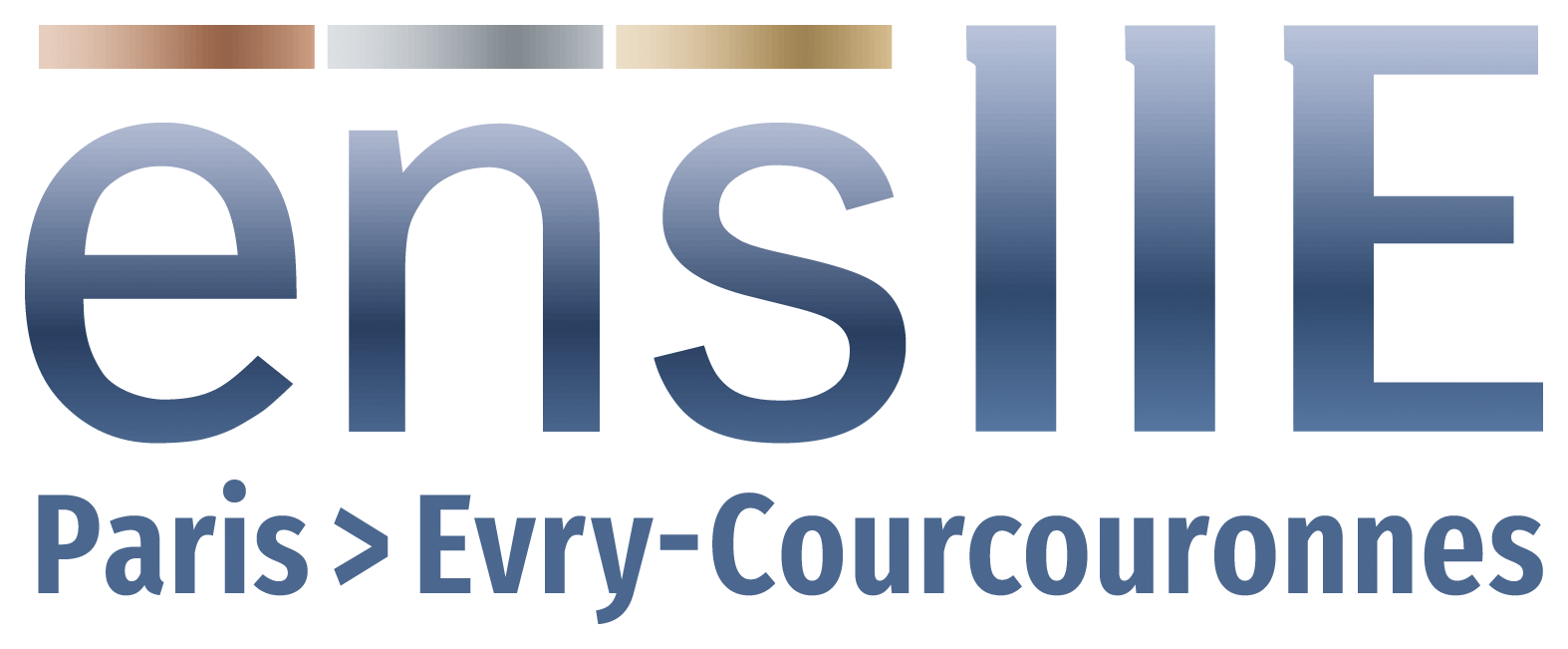A comprehensive review of the end-of-life modeling in LCAs of digital equipment
Résumé
Results and discussions Our review is structured according to the ISO 14040-14044 standards. EoL modeling is mainly in the scenario description, which is the first step of the LCA. For EoL modeling, we examine the allocation procedure, scenarios, distribution of scenarios, data source, transport modeling, EoL treatment rates, purity and quality of recycled materials, treatment of specific and hazardous components and informal flows modeling. We identify the missing elements in the studies and compare them to ETSI and ITU-T 1410. We find it is unclear whether ETSI and ITU-T 1410 are being followed in LCAs, as there are no noticeable changes in the EoL modeling. EoL often generates low environmental impacts compared to the other life cycle stages, except for some impact categories. Choices made in EoL modeling, such as using substitution with avoided impact approach or unspecified allocation, can result in low impact estimates. We underline the need for more transparency in EoL allocation modeling to enable comparisons and interpretation of results from clear reporting. Conclusion There is no clear consensus on how to model EoL in an LCA. As the EoL of a digital device is highly uncertain, modeling needs to be more consistent and detailed. LCA practitioners should go beyond these guidelines. We identify several missing elements in current LCAs. We provide recommendations for future LCAs, including providing more detail on the substitution approach, considering informal flows, using primary data, and implementing a hybrid methodology.
| Origine | Fichiers produits par l'(les) auteur(s) |
|---|
